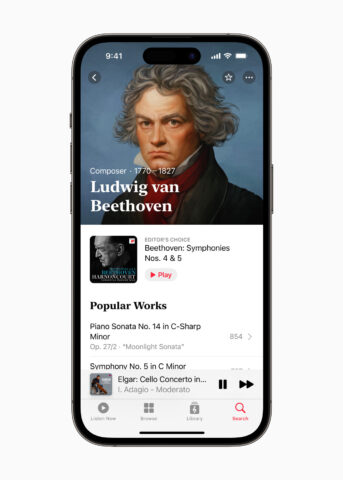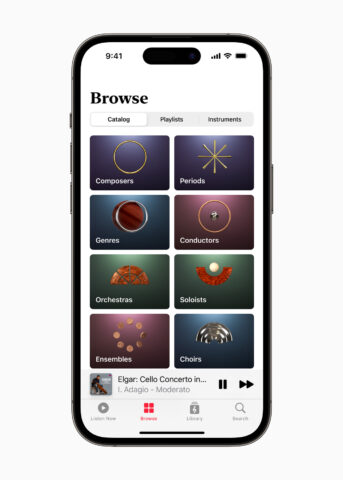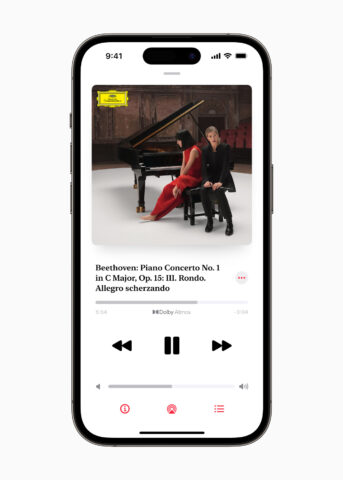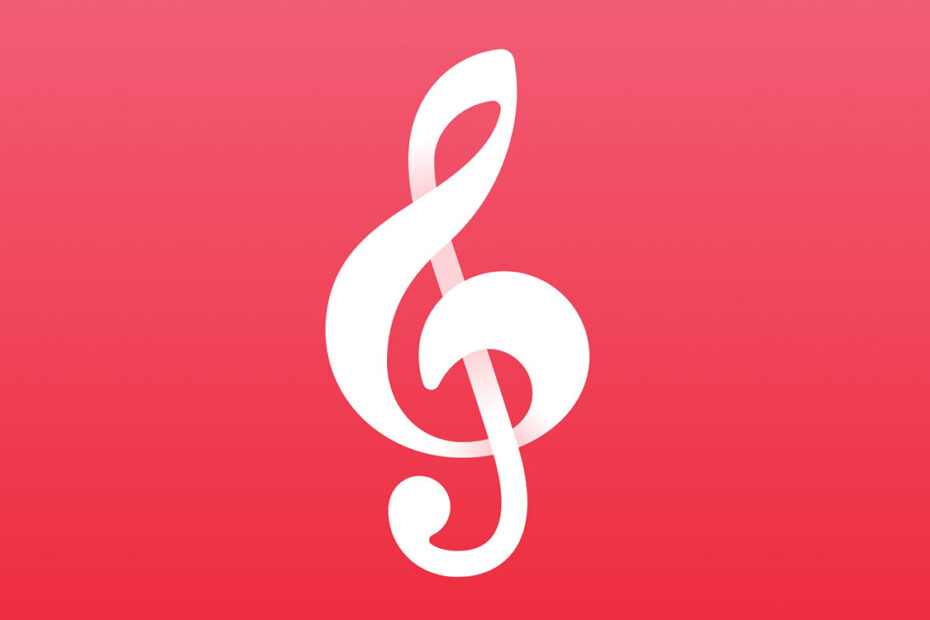Prime cuts or duff notes? More of the former, fortunately, in Apple’s new app
Apple’s latest app is Apple Music Classical – just ‘Classical’ on your Home Screen. It’s the culmination of months of effort, arriving long after Apple ate well-regarded classical streaming service Primephonic, back in August 2021.
But does Apple deserve a standing ovation for its efforts, or did its conductor accidentally tumble into the orchestra pit? Let’s find out as we dig into what you need to know about Apple Music Classical.
It’s free with Apple Music (mostly)
If you already have an individual, student or family subscription to Apple Music, you have access to Classical. The same goes for Apple One. The exception is if you are subscribed to Apple Music Voice, the cut-price plan that works entirely around Siri. And that’s probably because Siri remains a disaster zone for classical.
Newcomers should feel welcome
Classical music can intimidate those not steeped in its terminology. But also, classical music fans who are a little older might be unfamiliar with streaming music apps themselves. Classical deftly deals with both issues. A two-minute intro helps you explore the app, while nine-part guide ‘The Story of Classical’ gives you a thorough grounding in the genre.

There’s plenty of editorial
As you explore the app, extra details are peppered throughout, from composer bios to succinct insight into symphonies. As with Apple Music, there are several ways to rapidly access interesting and essential pieces of music. The Listen Now tab is a good starting point for recommendations, playlists, exclusive albums and new releases.
Searching and browsing has been optimized
Classical is different from other genres. Titles are longer and more detailed. There can be dozens of artists for a work, and a dizzying array of recordings for famous pieces. Classical helps you navigate the complexity and get to what you want. Search for a work and you can peruse all its recordings and select an editor’s choice. Dig into Browse and you can explore by various criteria, and narrow results by way of a filter button we dearly wish someone would weld to the standard Apple Music app.
Favorites sync with Apple Music
When you add something to your Classical library, it will also appear in your Apple Music library. This is handy because it means you don’t end up with two competing libraries to juggle – and it also plugs some holes in the Classical app itself, including its lack of offline playback and strangely siloed nature…

Classical is iPhone-only
Given that Primephonic was available pretty much everywhere, it’s baffling that Apple has decided – for now, at least – that Classical should only be on iPhone. When other developers are encouraged to get their apps on to every Apple platform, it’s absurd Classical isn’t on Mac or Apple TV, and can only be run on iPad in sub-optimal fashion as a blown-up iPhone app.
It casts the net wide
Where Apple has thought more inclusively is in the nature of classical music itself. Even if you don’t usually listen to classical, you might find your library already populated with film scores, or music by artists such as Nils Frahm, Clint Mansell, Brian Eno, and Laurie Anderson. The fit is sometimes a little awkward for non-traditional artists and albums, but we’d sooner that than Apple gatekeep what ‘is’ classical in a more limited manner.

So that’s it. Classical has lots of good points – although we’re not entirely convinced it’s necessary. Sure, classical music is in some ways different from other genres, not least in complexity regarding composers, recordings, works, and so on. But all this could have existed within the standard Music app. Otherwise, you could easily enough argue Apple should have Apple Music Jazz, Apple Music Film Soundtracks, Apple Music Obscure Indie, and several other apps besides.
Even so, we do rather like what Apple’s produced, and imagine people who live in that genre will be happy someone is finally taking it seriously. That said, what Apple’s made does feel very ‘version one point zero’, with some strange shortcomings. On that, we hope Apple’s in this for the long haul, rather than it being a short-lived experiment. (Anyone remember Music Memos?) If so, Classical could eventually become a classic in itself – and perhaps some of its better ideas could end up back in Music too.

